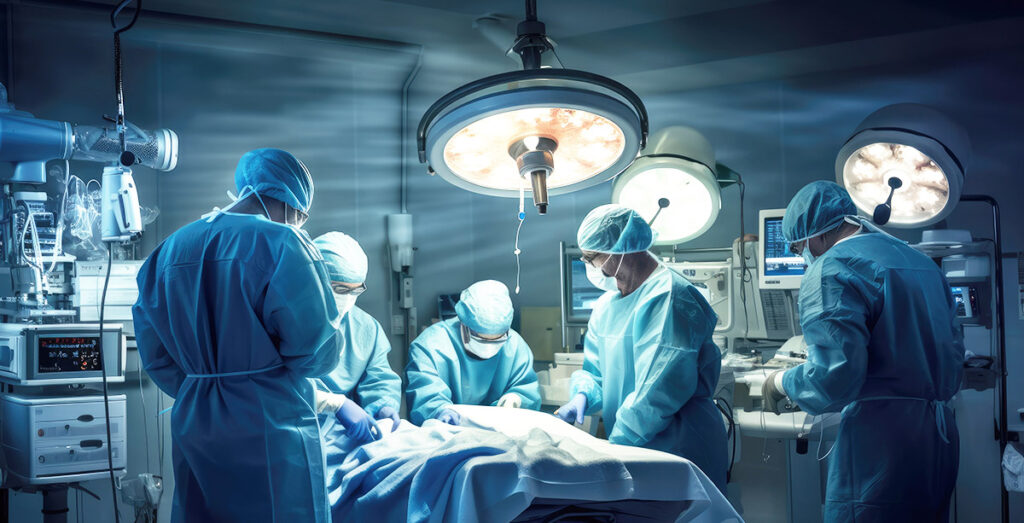- No title 00:00
Audio Credits: Youtube – How Aaron Does It – Kelly’s ICU Sounds
The Hospital: A High-Risk Environment
Alarm frequency in ICUs is notably high. Over one week, a study recorded over 2,000 alarms. with 94% being non-significant.
Due to exposure to these false alarms, medical staff may start to ignore them, increasing the risk of missing a critical one. This phenomenon, known as “alarm fatigue”, has been linked to nearly 600 deaths in the USA over the past five years, according to the FDA.
Reducing Medical Device Alarms Frequency
According to Xiao and Seagull’s taxonomy, here are three types of unnecessary alarms that should be avoided:
False alarms
Example
Solution
Nuisance alarms
Example
Solution
Inopportune alarms
Example
Solution
Considering the Sound Environment of an Intensive Care Unit
Noise and Alarms from Other Medical Devices
Communication Among Medical Staff
Background Music

Applying International Standard Recommendations
Since 2003, the IEC 60601-1-8 standard for electromedical equipment alarms has been addressing some alarm-related issues.
Using Creativity to Innovate
After experiencing a traumatic hospital stay, electronic musician Yoko Sen decided to tackle the sound design of alarms, seeking innovative solutions. She founded a social company called Sen Sound , aiming to enhance the sound environment in hospitals.
In the Netherlands, students at the Delft Design Lab, led by Dr. Elif Özcan Vieira, developed a tool named Care Tunes, which converts a patient’s vital signs into melodies.

